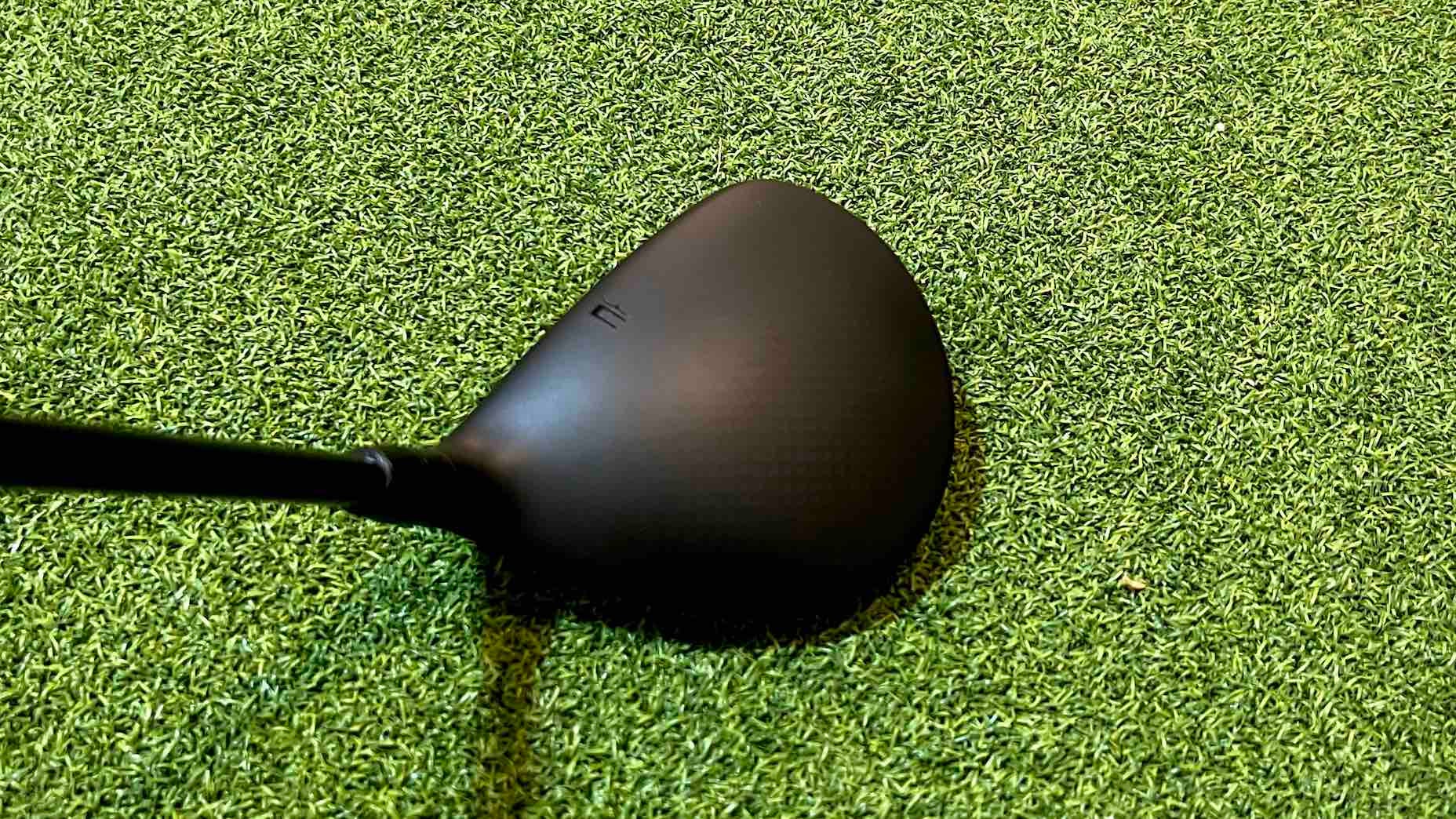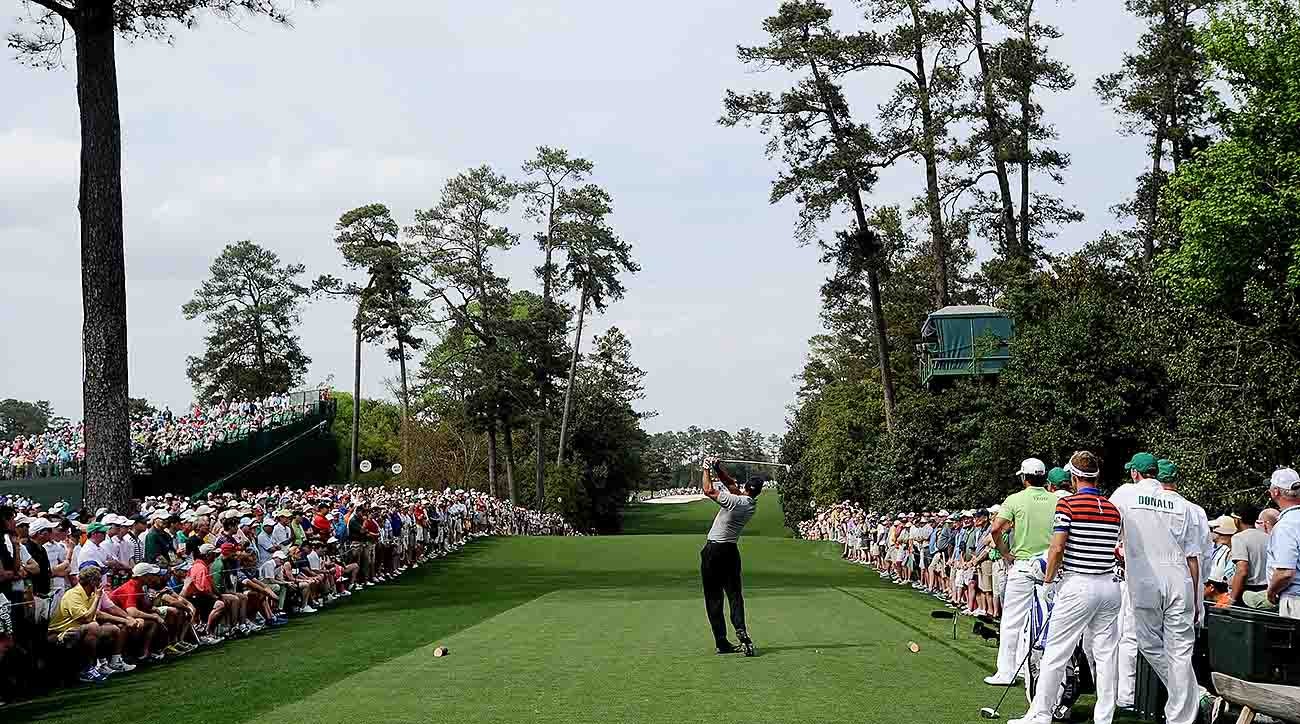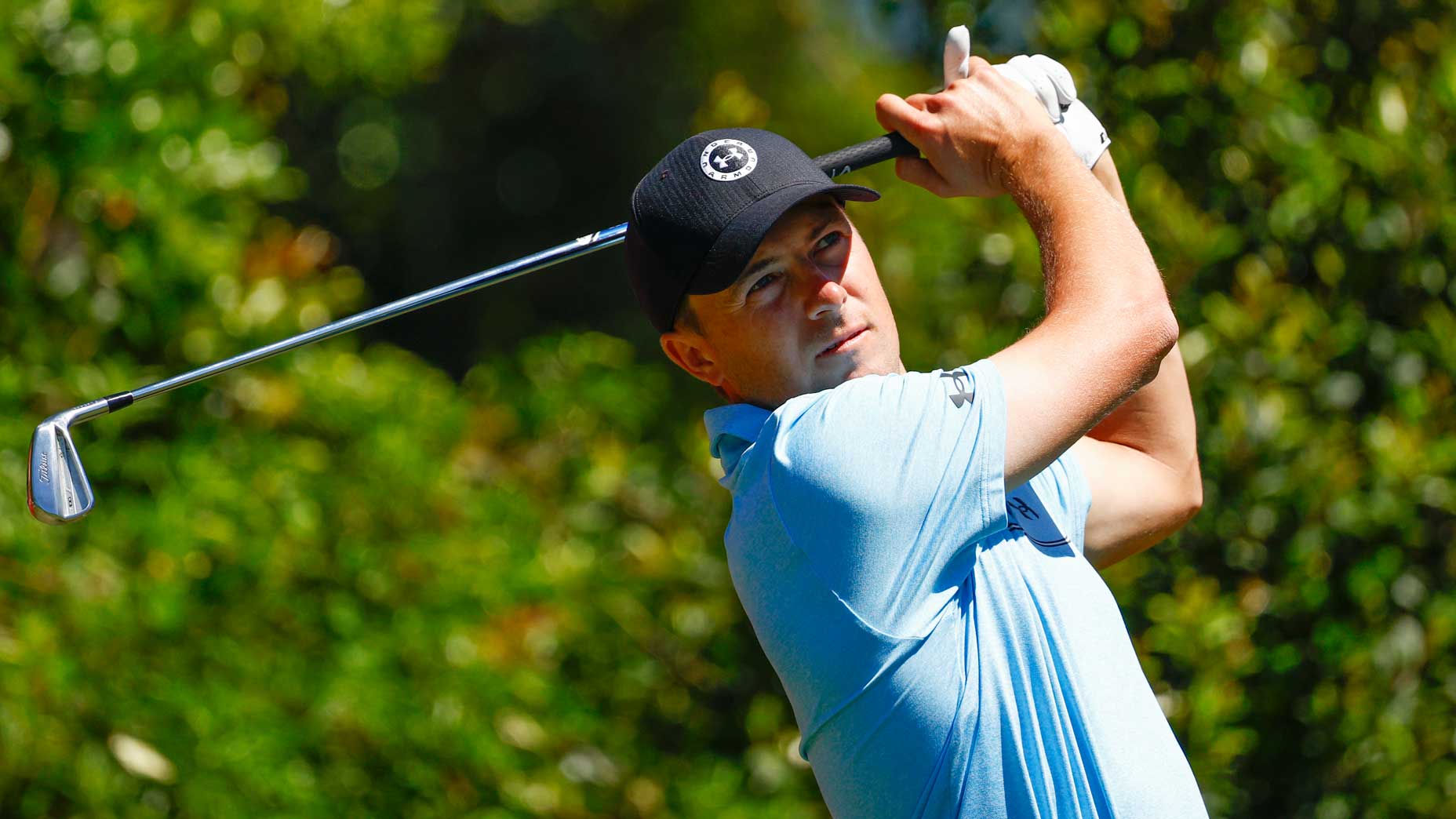
A reliable 3-wood could be the difference at Augusta National.
Ryan Barath
As we get ramped up for the first men’s major of the year at the Masters, qualified players are making final adjustments and tweaks as they prepare to tackle the undulating fairways and tricky greens of Augusta National.
One of the many things — beyond scripting outfits — players are fine-tuning include their clubs. Although drivers, putters and wedges generally take first billing, the one club I believe players must get ready is their 3-wood (or next club after their driver). Here’s why.
The first tee shot
With a large bunker down the right side, several players stay short of it and choose to go with a 3-wood rather than the big stick. In 2019 Tiger Woods elected to go with his 3-wood and placed his tee shot perfectly down the left side and away from the sand.

TaylorMade Qi10 Tour Custom Fairway Wood
$449.99
Introducing the Qi10 Tour fairway. Experience TaylorMade speed with Qi10 forgiveness…off the tee and off the deck.
MAXIMUM ADJUSTABILITY
A lower profile moveable weight system features a 50g sliding weight and a 2° loft sleeve for a wide range of flight options. Golfers can shift the weight back for higher launch and stability, center it for all-around performance or move it forward for a low-spin ball flight with maximum distance.
NEW INFINITY CARBON CROWN
An Infinity Crown provides a clean, uninterrupted view at address while also optimizing performance.
View Product
Few tee shots are as nerve-racking as the first tee at the Masters, in which case a driver that offers greater forgiveness and a larger area to miss around the face still might be the best option for those worried about going with a smaller head. But as Adam Scott recently mentioned in a GOLF profile, this is also the perfect opportunity to go with a mini driver.
“It’s unbelievable (the TaylorMade BRNR mini driver), because so many holes pinch, turn, end at 310 [yards] and 320 now, because they’ve geared the courses for us,” Scott said. “And that’s right where the driver [dispersion] is. It’s tight. If you go back to 3-wood, you’re at 270 yards, you’re aways back. But the mini goes 300 and still in the wide part on a lot of the courses we play. That’s what I look for.”
The last tee shot

Getty Images
Much like the first hole, a driver off the 18th tee brings the bunkers on the left side of the fairway into play for most players, unless they can hit a left-to-right fade. The risk with the driver is either an over-cut into the trees or a shot that doesn’t fade enough and ends up in the sand, leaving a long and blind bunker shot to an elevated green.
A fairway wood off the 18th tee still leaves a mid-iron into the green for most players and completely removes the risk of smashing one long into the bunkers if it doesn’t fade. If you’re coming down the stretch at the Masters, the last thing you want to do is punch out of the trees, right?
The 13th hole
The 13th at Augusta National is one of the most famous in the world. Even with modern technology making the hole effectively play shorter, the strategy and decision-making haven’t changed much over the years.
The most effective way to shorten the hole and give players the best line into the green on their second shot is to have their ball end up on the less-sloped left side of the fairway. The hard part is, most golfers choose to play a power fade off the tee for consistency purposes, and it’s very difficult to hold the left side of the hole with tall trees down the left. This is where a 3-wood comes in!

Getty Images
With a shorter heel-to-toe length and more loft — which helps produce more spin — a 3-wood is a club that is easier to draw than a modern driver, which is why even though it’s a par-5, we see a lot of players choose to go with a 3-wood rather than a driver off the tee.
It’s also why we’ve see some manufacturers produce prototype 2-woods and mini drivers for players who are looking for an easier-to-draw option off the tee.
To sum: 3-woods might help lots of pros next week. They should be your friend, too.
Want to overhaul your bag for 2024? Find a True Spec fitting location near you.









